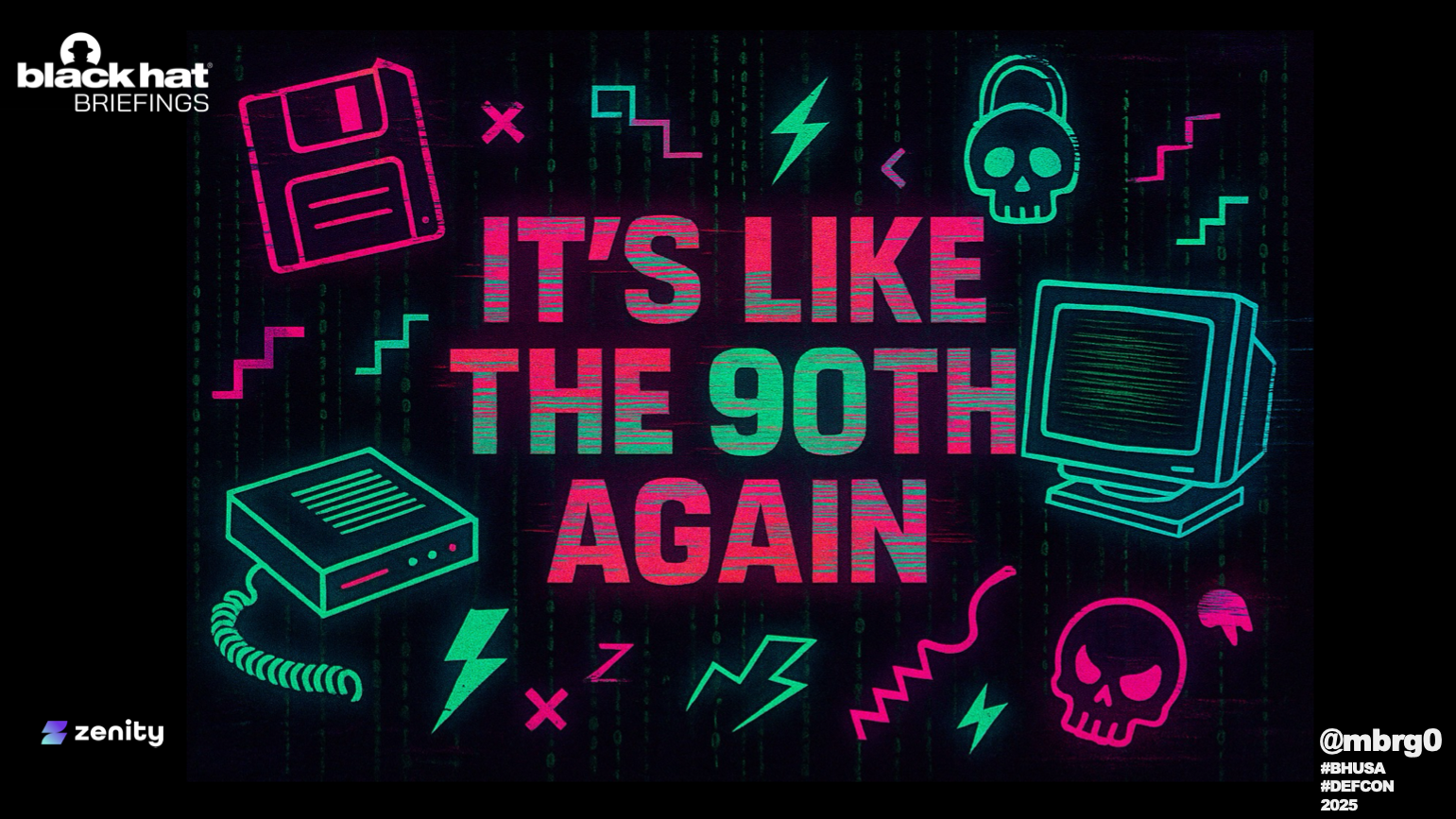The experience of the analyst in an AI-powered present ◆ Quelques Digressions Sous GPL
30 August 2025
The experience of the analyst in an AI-powered present
by Julien Vehent
A few years ago, I wrote that my Detection & Response (D&R) team at Google was “gradually moving away from just writing rules, into implementing large scale detection software that requires an understanding of data science, software engineering and cybersecurity”. If I were to write this today, I would add that “prompt engineering”, beyond the gimmicks and the jokes, is proving itself a relevant and important way to interface with AI models that do support threat detection in increasingly powerful ways.
We have entered an important retraining period of the cybersecurity age. Like many leaders in this space, we’ve told our teams to embrace AI technologies and find ways to make use of them, but we’ve also been trying very hard to avoid getting dragged into the hype, and instead focus on integrations that yield the most value. The evolution of threat detection, from “detections as rules”, to “detection as code” and now “detection as models” is just starting to show promising results. But there is a very real risk that we might just build the wrong thing.
One critical component of our team structure is the balance between engineering and operations. Detection Engineers at Google’s D&R spend a significant portion of their time on-call triaging tickets as part of our 24/7 security surveillance model. On any given month, they’ll dedicate 15% to 30% of their time “working the queue”, which in our world means investigating anything from malicious zip downloaded on corp workstations, to kernel crashes from suspicious processes on production system, to UEBA findings of GCP service accounts, and so on.
This exposure to the reality of threat investigation does two things. First, it builds ownership. The people building the detections also bear the weight of investigating them, and have an incentive to make those detections “better” (for various dimensions of the term). Second, it grounds research and innovation work in the reality of the space, which is critical to any AI work we’re undertaking. Both points guarantee the maturity and effectiveness of our detection engineering work, as we observe again and again that teams that detach themselves from operational realities drift away from relevancy very quickly.
But in an AI-powered future, this model creates a talent pool drought. In the olden days, D&R teams were staffed with cybersecurity specialists with strong investigative and forensics experience, and somewhat average coding skills. That was fine, because the software engineering work was minimal. But now, detection engineers not only have to write code on complex data pipelines, log streaming systems, correlation functions and whatnot, they also need to understand how to leverage AI technologies, from manipulating data for model training, to generating predictions and classifications on complex datasets. It’s a lot of skills for one engineer to own, no matter how good they are.
In addition, these two disciplines, engineering and operations, are increasingly distant from each other. The role profile of a security analyst, investigating threats and refining rulesets, and one from an AI engineer, building and applying models to data, do not meet into a single profile yet. Investigations are less sexy from the outside, and the work can be repetitive. You spend a lot of time spelunking in false positives before finding that nugget of true positive that becomes an incident. For a lot of us, that’s the exciting part of the job, but many engineers who enter the field today are less interested in investigations, and want to focus primarily on AI. It makes hiring folks difficult, and people who have both skillsets will experience high demand and the associated high salaries for years to come.
Obviously the solution is more AI training, which a lot of engineers, junior and senior, are undertaking. There is a very real urgency for detection engineers, and really everyone in cybersecurity, to recognize the value of modern AI models and identify ways to make use of them. If you’re still grumpy or sarcastic about AI, spend a few weeks looking at the latest advancements in this space, because they will absolutely change your mind.
But I would also like to see the operational aspect more seriously considered by our junior folks. It takes years to acquire the mental models of a senior analyst, one who is able to effectively identify threats and discard false positives. If we want security-focused AI models to get better and more accurate, we need the people who train them to have deep experiences in cybersecurity.
Beyond the “detection engineers is software engineering” idea is the “security engineering is an AI science discipline” concept. Transforming our discipline is not going to happen overnight, but it is undeniably the direction we’re heading.
tags:



